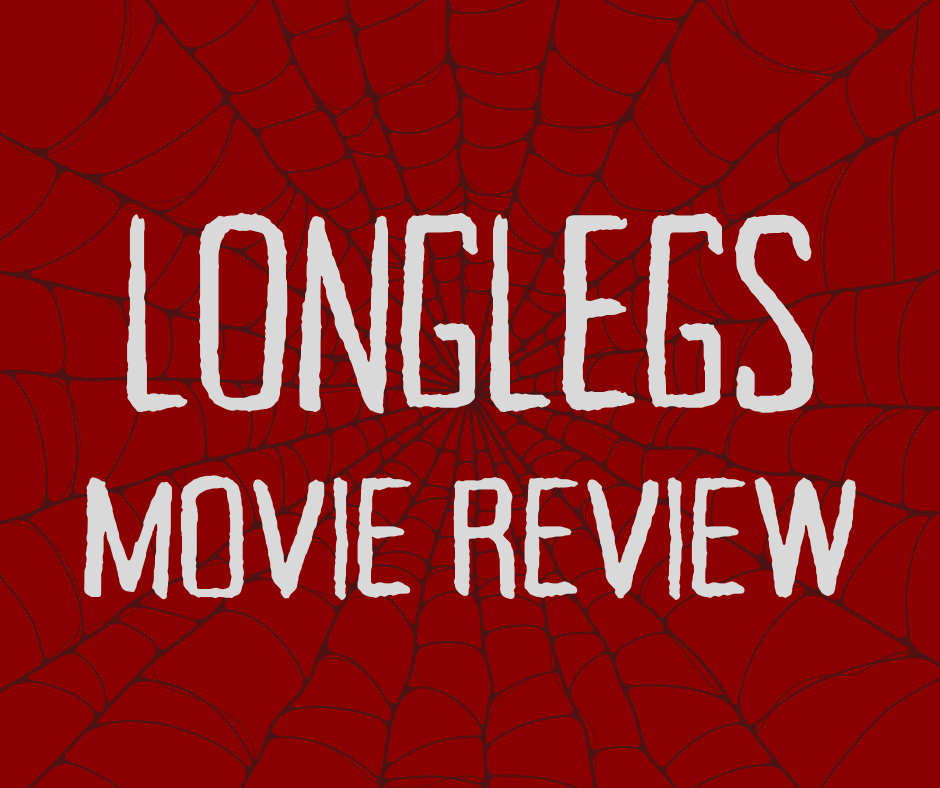We are living in a time of revolution- not a revolution of ideology or freedom, but one of technology. Within the past few years, many movies have utilized the three-dimensional effect to enhance the movie-going experience. Though many movies are presented in 3D, each movie differs; some movies are enjoyable in 3D, while others are just distracting. Thus, in order to accurately choose which movies to see in 3D and which to see in 2D, the technology behind 3D must be examined and understood.
To get an expert opinion, I talked to Naveed Aslam, Senior Director of Broadcast Engineering at Turner Entertainment Networks. Mr. Aslam has much knowledge of the entertainment industry and is well informed about 3D and the technology that makes it possible.
There are two main types of 3D that are used in movies. The first type is “anaglyph” 3D. Commonly referred to as “fake 3D,” the anaglyph format has been widely used since the 80s and is distinguishable by the need for viewers to wear paper/plastic glasses that have red and blue lenses. Anaglyph 3D is viewable on any TV; however, it is infamous for its predisposition to induce headaches, nausea, and, in extreme cases, epileptic seizures. As a consequence, despite its long existence, anaglyph is used only occasionally in the entertainment industry.
The second, newer, and better type of 3D is stereoscopic 3D. Why better? Mr. Aslam explained, “The overall quality of the viewer experience is improved. The original anaglyph method relied on tricking the human optics and brain, which ultimately led to headaches and other discomfort for the viewer. While the latest methods still rely on tricking human perception, it is minimized and so causes less discomfort.” The stereoscopic format uses top-of-the-line technology to properly generate high-resolution stereoscopy without the color dilation associated with anaglyph. The process is complicated, but to briefly explain: stereoscopic 3D uses alternating left- and right-eye frames that are flashed faster than the human eye can perceive. The left eye is shown one polarized frame while the right eye sees nothing, then vice versa. The brain naturally fuses the two images together, tricking the viewer into seeing depth in the image. Since this process integrates the brain’s natural functions into the experience, there is much less discomfort and significantly fewer problems associated with stereoscopic 3D. The vast majority of 3D films (and games) today use stereoscopy to add the third dimension; thus, most 3D movies are enjoyable.
The 3D revolution began when James Cameron filmed his latest movie “Avatar” using highly advanced, expensive 3D cameras to create a world filled with immersive, breathtaking visuals. Since then, dozens of movies have been made and viewed with 3D technology. Movies filmed with 3D cameras always have the best 3D, but plenty of movies are filmed in 2D and then upconverted to 3D in the post-production process. While 3D upconversions generally do not have as good 3D as movies filmed in native 3D, most upconversions are well done and warrant being viewed in 3D rather than in 2D. “Some of the best 3D movies I’ve seen include ‘Avatar,’ ‘TRON: Legacy,’ ‘Hugo,’ ‘The Adventures of Tintin,’ and the two ‘Harry Potter’ movies that are available in 3D,” Mr. Aslam said. Other popular 3D movies include “The Amazing Spider-Man,” Marvel’s “The Avengers,” “Prometheus,” “Finding Nemo,” and “Assassin’s Creed III,” which isn’t a movie, but it is playable in full HD stereoscopic 3D, like many other video games.
It doesn’t stop there, however. The 3D revolution is about to get even more expanded. Peter Jackson’s highly anticipated “Hobbit” Trilogy is being filmed with new state-of-the-art 3D technology that will also double the amount of frames recorded per second by the cameras. Every other movie ever made has been recorded at a frame rate of 24 frames per second. The new cameras Peter Jackson is using are filming the movies at a rate of 48 frames per second. This in and of itself makes the movie appear drastically more life-like, but in addition, because of the higher frame rate, the 3D is also drastically improved.
Although it has been met with much enthusiasm from some Hollywood filmmakers, as well as many fans, there is a sizable amount of opposition to this groundbreaking change. There are some filmmakers who think that changing the frame rate ruins the movie; they say that “The Hobbit” is no longer a film because it looks too different from traditional movies. They believe that all movies should retain the classic 24 frame rate, whereas Peter Jackson (with the notable support of James Cameron) believes that the industry needs to be revolutionized. Is it worth going to see? “Yes,” Mr. Aslam said, “ for the 3D, but the 48 frame rate steps away from the purest film-making imagery, leading to a more video-like presentation rather than film.” Whether the new technology will endure remains to be seen. “The true test will be the movie-goers’ acceptance of this experience,” Mr. Aslam said. Simply put, only time will tell. Indeed, the entire entertainment world will be watching closely when Part 1 of “The Hobbit” is released worldwide on December 14. However, only select theaters will be presenting the Hobbit at the High Frame Rate (HRF). A list of all the theaters that are doing so can be viewed on the official Hobbit website.












